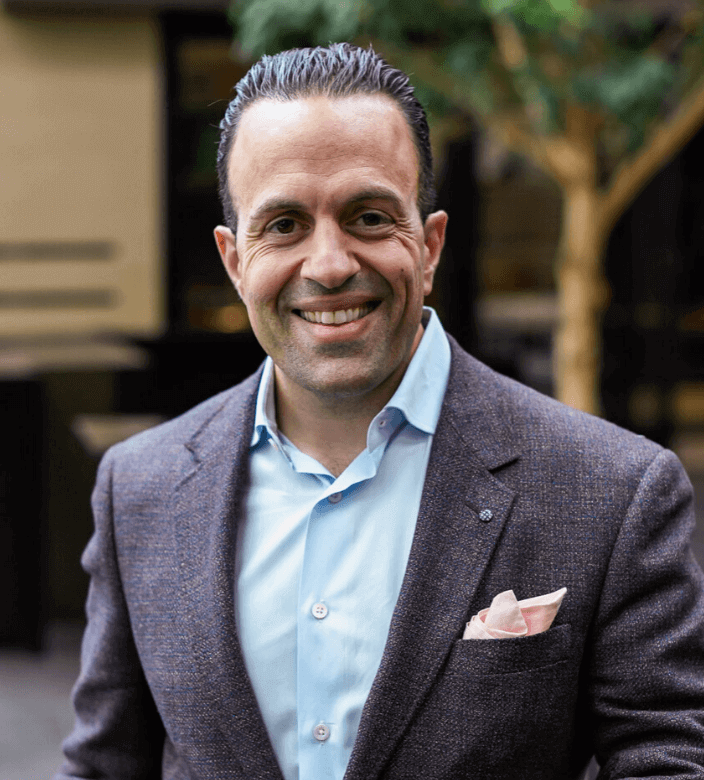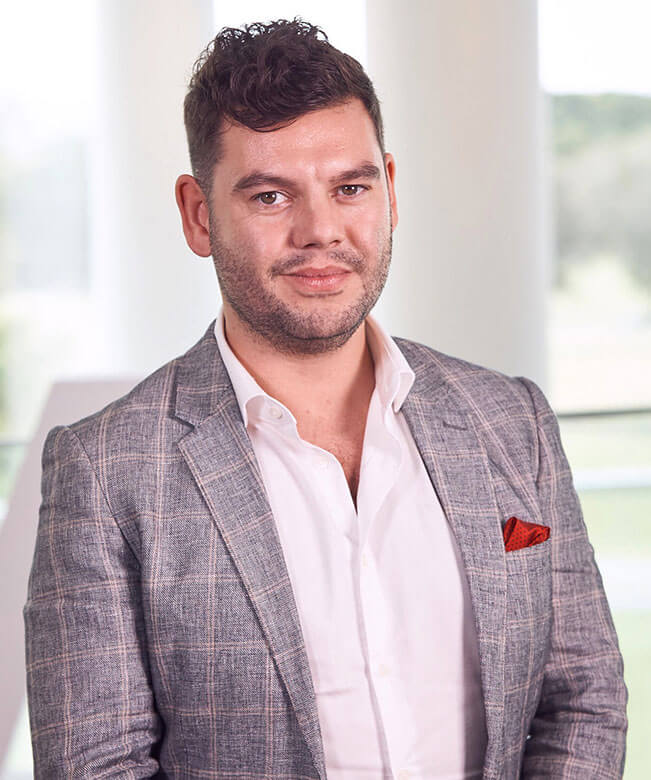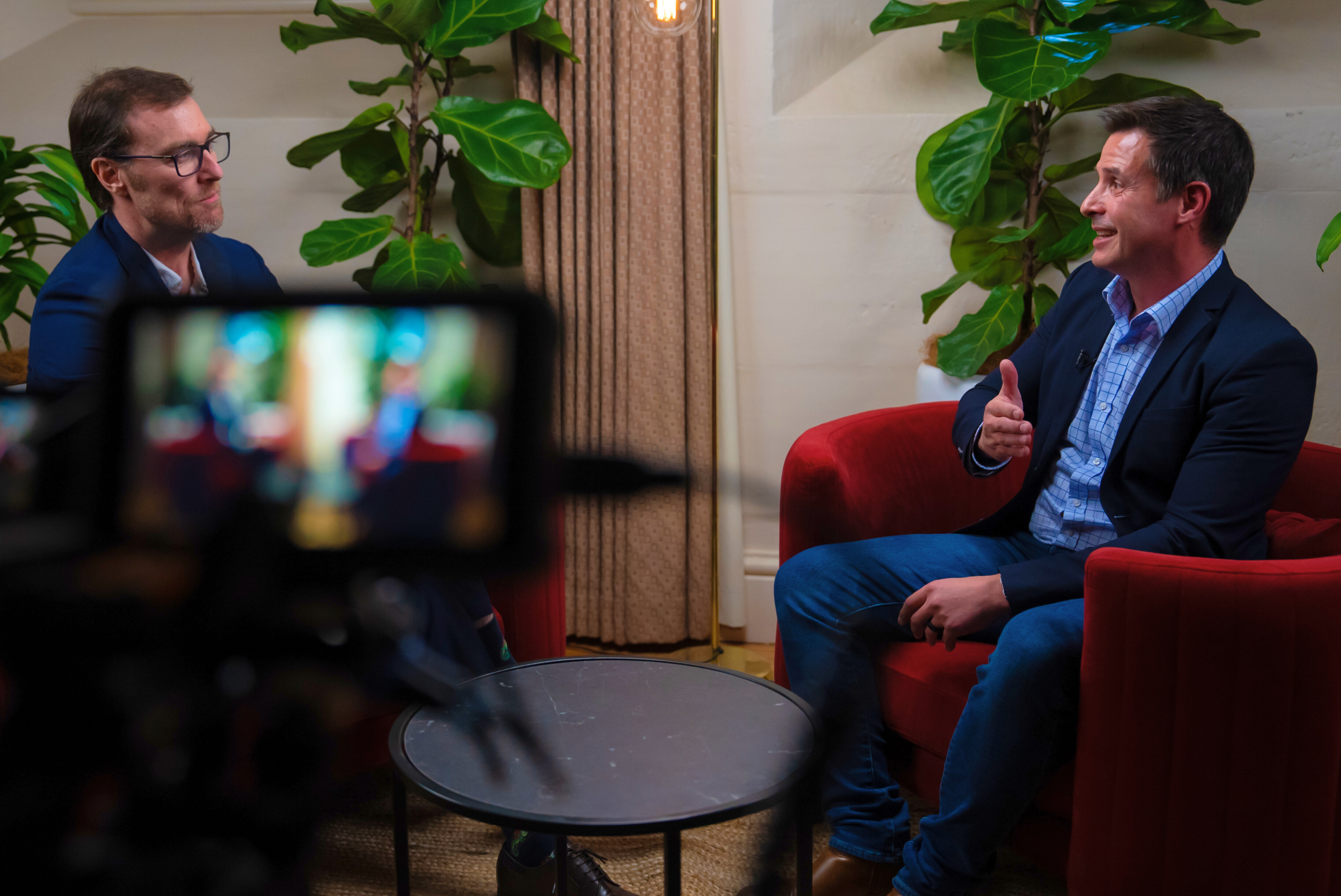As the University of Melbourne’s Digital Transformation Director, Assyl Haidar positions the future-readiness of the organisation by harnessing the opportunities presented by emerging technologies.
Speaking at ADAPT’s Digital Edge Partner, Matthew Hanley, Assyl discusses how he is leveraging augmented, virtual, and mixed reality to facilitate hybrid collaboration and personalise the online student experience.
Prospective students have been able to take ‘virtual tours’ of the University of Melbourne, viewing 3D models of 80 different campus facilities and spaces, as well as browse course content.
He shares how the key to gaining executive buy-in for digital initiatives such as this lies in presenting emerging technologies to the board as necessary for competitive advantage within your industry.
He also explains how he is leveraging ongoing hybrid operations to determine the sustainability of remote working for staff and online learning for students.
When asked how skillsets are becoming adapted to continued online availability, he says data literacy, analytics, and innovating ways to support the workforce through your digital ecosystem is critical.
Transcription:
Matthew Hanley:
Welcome back to ADAPT Digital Edge. This year we’ve been looking at the theme of digital-first strategies and customer experience agility.
Some people would say running and being at a university; there are many customers to deal with.
Do you want to explain maybe your role what’s been happening at the University of Melbourne over the past 12 months and how things might be a bit different to how they used to run?
Assyl Haidar:
The question of customer or rather the positioning of customers is always a natural starting point for debate and discussion in a university environment.
At least at the University of Melbourne, many schools of thought around do we have customers that we tend to agree upon?

There’s a community passionate about learning, passionate about extending the boundaries of knowledge through research and applying to learn and applying research to solving valuable problems in the world.
At an institution that’s been around for 170 years, there are some really interesting questions that come up when you have to shift suddenly to be a lot more distributed in what you do.
At the same time, your heritage is all about being very place-based.
Last year was about simply responding to a crisis, both in terms of our delivery and how we support students and support our research and academic community.
There are opportunities to ask questions like, having had to make these levels of change, how do we look forward in a way where what we’re pushing for is what I like to call not a new normal, but a better normal.
It’s that opportunity that’s once in a generation where you can say maybe we can take this a little bit further within the capacity of people to be our community be comfortable supporting it and their ability to tolerate the change and the amount of flux.”
But if I look, for instance, we had to do a lot of transitioning to engaging completely online last year. That’s not really what a university like the University of Melbourne is about.
It is very much about again that point of the community, and how people interact and the friction that creates and the opportunity that creates. There is magic to that.
Our challenge ahead is as we look at beyond pandemic is how do we understand what makes that magic and which parts can be digitised, should be digitised which parts do we need to protect and give more capacity for, in other words, maybe we know which parts we might automate to create more space, more support for the things that you would never want to replace by through a digital experience or a digitised process.
We certainly don’t have answers to all of that, but we were working pretty hard at how we do that through events, how we do that through our support services, how we do that through the support of our staff.
That’s a key challenge that we’ve got. We’ve got like a lot of organisations that are for purpose as a university is.
There’s a lot of people that are passionate about supporting the mission around teaching and learning research.
They work pretty hard, and anytime we can put tools in their hands that help them, that empower them, that give them more time, that gives them more confidence to do the job that they’re passionate about doing already, it’s a good thing.

Matthew Hanley:
You mentioned a new normal, and it seems like we’re heading obviously into that next to normal way of doing things.
There’s a lot of change management that has happened, and adapting to change, and the evolution of change which is going to happen there’s something else will happen.
Do you see the skill sets changing? The way that universities might operate and be managed slightly changing moving forward?
Assyl Haidar:
I’m not sure that if we were to say by changing, are there new skills?
If you’d asked me this, if we were sitting down and when I joined the university in 2017, and you said, hey, what skills do you think we’re going to need more of?
I would have listed things like data literacy and analytics capability, the ability to design and configure systems in a human-centred way and manage information well and discern between what’s real and what’s not.”
The ability to manage privacy in a way for our well-being and identity online and for that of the people we’re responsible for.
Look, if you asked me that question, then I would have listed those sorts of things. If you ask me the question now, I’d say those things are still important.
Probably it’s not the skills mix that’s changed the urgency, though, of maybe accelerating literacy in some cases around it.
In some cases, it might not be literacy. It might be confidence because once you put the word digital in front, many people say, ‘Well, I’m not a technical person.’
Having that conversation to say, this is not about technical and non-technical. This is not about mastery.
This is about simply being empowered to participate in an increasingly digital environment. Whatever our point of view is on that, it is increasing.
There is a responsibility for leaders to manage that pathway responsibly to that urgency that has gone up.
Putting a bit of structure, being a bit more systematic about saying, well, have we got something everybody can participate in?
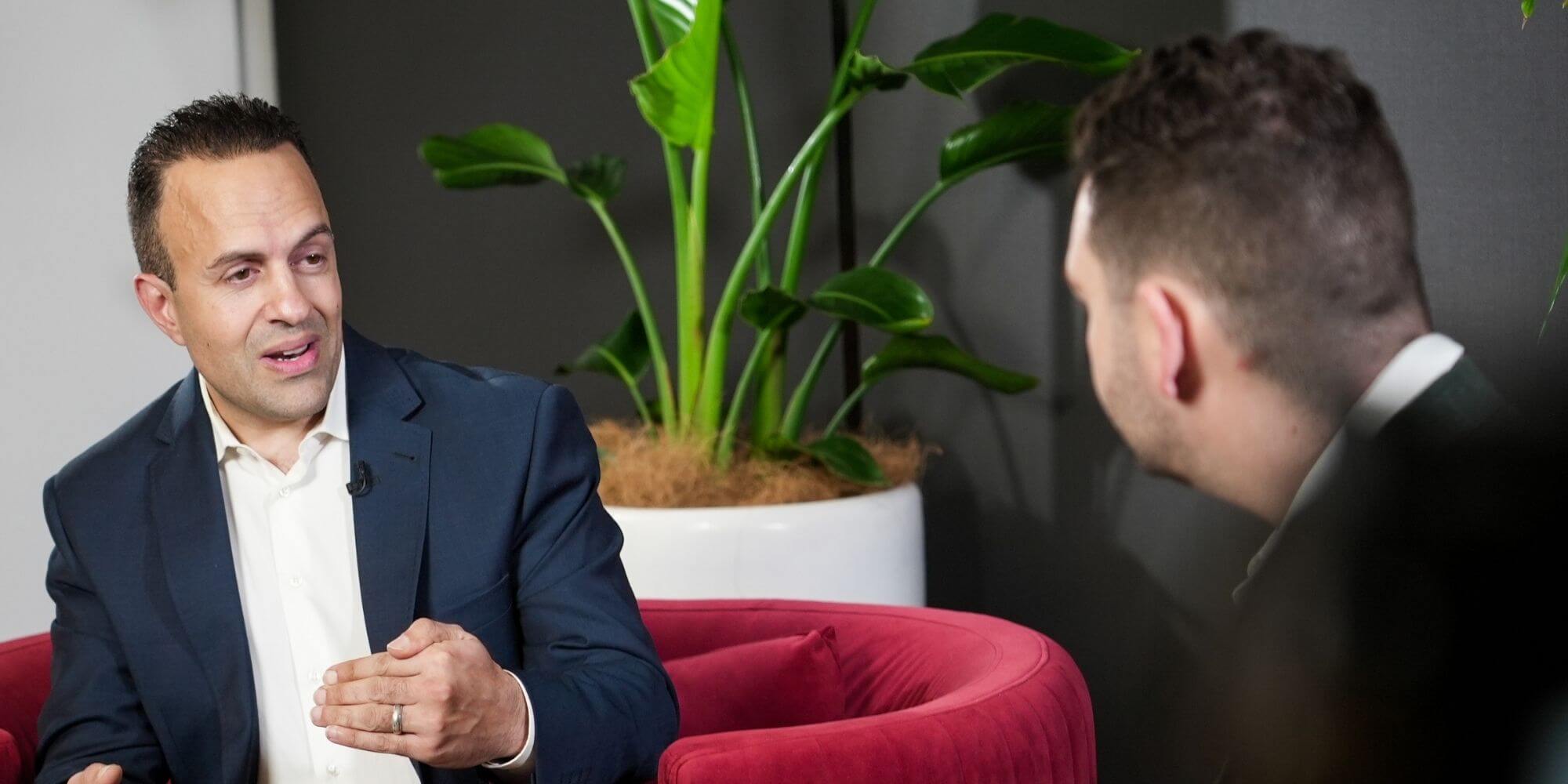
For those who need to be confident or sufficiently competent, do we have something that caters to those who need to step up on that ladder?
For those that have to be a bit more advanced, are we supporting them to configure and participate a bit more actively in evaluating new systems?”
For the ones on the more end, the more at that mastery level, are we creating pathways that attract and retain that talent? Because they’re needed to design the systems for the other two groups.
That accounts for a big chunk of our workforce. In that, the leadership challenge becomes one around equity of access.
Particularly when you’ve got distributed teams, and that’s one, certainly we haven’t solved, but equity is pretty core to the university’s culture; it already was.
It’s focusing on the equity of access to something like digital skills fits in quite nicely with, as a challenge that is worth working pretty hard on.
Matthew Hanley:
ADAPT’s research this year has reflected that. We’ve seen organisations that have those digital-savvy leadership teams that perform, and I know.
Melbourne University has done very well. We’ve seen organisations go through 10 months of transformation in 10 weeks at some point.
Do you see areas like augmented reality stepping in and taking that collaboration, that hybrid collaboration of in-person and online and that becoming an area that can be a new asset to universities and the education sector as a whole?
Assyl Haidar:
It’s a great question. There are many ways to look at that in terms of the, say that the future of teaching and learning and where am I focusing it on is some of the operational challenges of how do you harness an emerging technology like augmented reality or virtual reality or mixed reality?
In a way where it solves some very real problems. At the university, some of the opportunities we’ve seen, and we’ve been exploring with it had been both not only interesting and exciting, but they’ve created some value is if I use open days last year, as an example, we had to pivot to an entirely that’s typically an entirely physical event.
It’s all about the interaction. That’s a really important part. Now that simply wasn’t possible. That whole experience had to be redesigned.
One of the more experimental challenges that we took on as part of designing an open day experience was to say, well, there’s the parts of the open day that are about understanding the course content and the different offerings there.

There’s also a part about understanding the environment you might be a part of. Prospective students want to know what the accommodation looks like or know how the libraries look. What does the inside of a lecture theatre look like? It’s not about the buildings per se. It’s about creating a bit more awareness of what this could look like.
We set ourselves a challenge that within six weeks could create a virtual tour that was not about the building but was about creating interaction with those physical environments.”
Many of which are unique to the University of Melbourne, like our quadrangle or the clock tower and things like that. We weaved stories in about the spaces to paint a picture for prospective students.
It was challenging. The team was phenomenal. It was all hands-on. We were able to, within six weeks, create a virtual tour that was stitched up of about 80 different spaces.
Well, over a hundred different mini-tours feedback that we had was this feels human.
We didn’t realise that even for staff interacting with it, they said this is something that we didn’t even know existed.
For example, we have one of our campuses has a winery on it. There’s wine production, and it’s one of the subjects.
Many staff said I’ve been here for a few years, and I didn’t know that existed.
In this case, it was 3D scanning. It was something that you could have an immersive experience with. If you wanted, you could run it through goggles.
We designed it to work primarily through a tablet or mobile, but it could work off any device. In that case, there’s a lot we can take that extended reality or mixed reality side of it.
But in the first instance, we wanted to test. Would there be interest if we were able to weave those stories in?
Since we launched it, we’ve had about 26,000 people go through different aspects of the tour.”
We’ve had well above average NPS scores to it. We’ve had engagement levels about six or seven times the industry average for people spending time in that environment.
That’s telling us that we’re onto something. Now, where will it go? Well, we have a lot of, that’s a highly experimental piece that’s sitting built on top of the university’s digital twin.
Which is something that is has been an experiment for the last two or three years. The great thing is all of those spaces we scan can also be used for space management purposes or building maintenance.
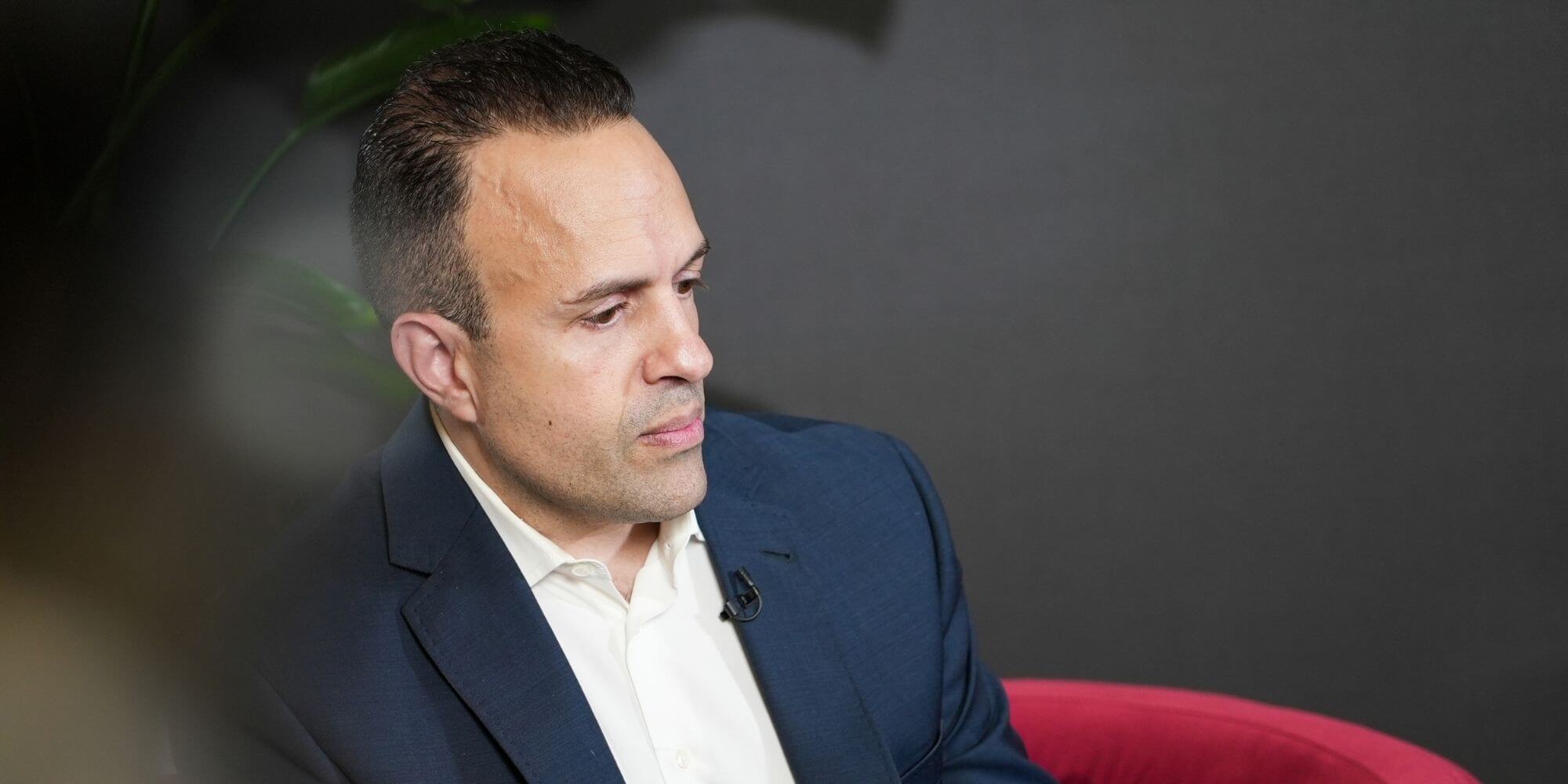
We’re finding we’re getting interest from some faculties saying, can we reuse these scans for student project purposes?
It’s fantastic because we’re adding to the university data asset every time we’re doing that. We’re exploring and learning more about the technology.
We’re also learning about how to create these experiences in a hybrid way. We’ve created something that can be engaged with at any time of day, from any place on the planet.
There’s multiple measures or benefits from those sorts of experiments. All it started with was an exciting challenge.
Could we, if we gave this a bit of a go and put a constraint around it because we had to do it frankly on the smell of an oily rag.
But it’s been well with the exercise. It’s taught us a lot, and it’s quite interesting to tell us that there’s more to go with that. That is an example of augmented reality in that.
Matthew Hanley:
Got another question there on that, which is probably more of a leadership question as well because I can see how COVID can be the accelerator to get these things done, but on a normal day, an emerging technology, whether it’s a digital twin or augmented reality or blockchain or whatever it might be.
How do you pitch that to the board, or how do you pitch that to the senior leadership who might not fully understand the tech jargon or what the capabilities are or what it is?
How do you pitch that and get that over the line and get the sceptics on board that this is something that we dive into and do?
Assyl Haidar:
Hopefully, the camera doesn’t zoom in enough where you can see scars or bruises from having pictures like that thrown straight back at me and hitting me in the head.
Anytime, I’ve found in my experience that the leading conversation is around the emerging tech itself. The interpretation depending on who it’s for and what the context is.
But the interpretation is, this is a piece of technology I’m looking for a problem to solve. You already have a solution looking for a problem.
On the other hand, I’d been around long enough in this area, where I’ve realised that unless you give an emerging technology sufficient curiosity and sufficient respect to at least be open-minded to the possibilities, then expect to be gazumped.”
Expect to miss an opportunity, expect to have your customers get well ahead of you, expect to have a competitor take advantage of something that you could have easily taken advantage of.
Had you stopped to be curious enough? It is a little bit of a balancing act about, say, in my role and in the role of colleagues that have more even more technically expert.
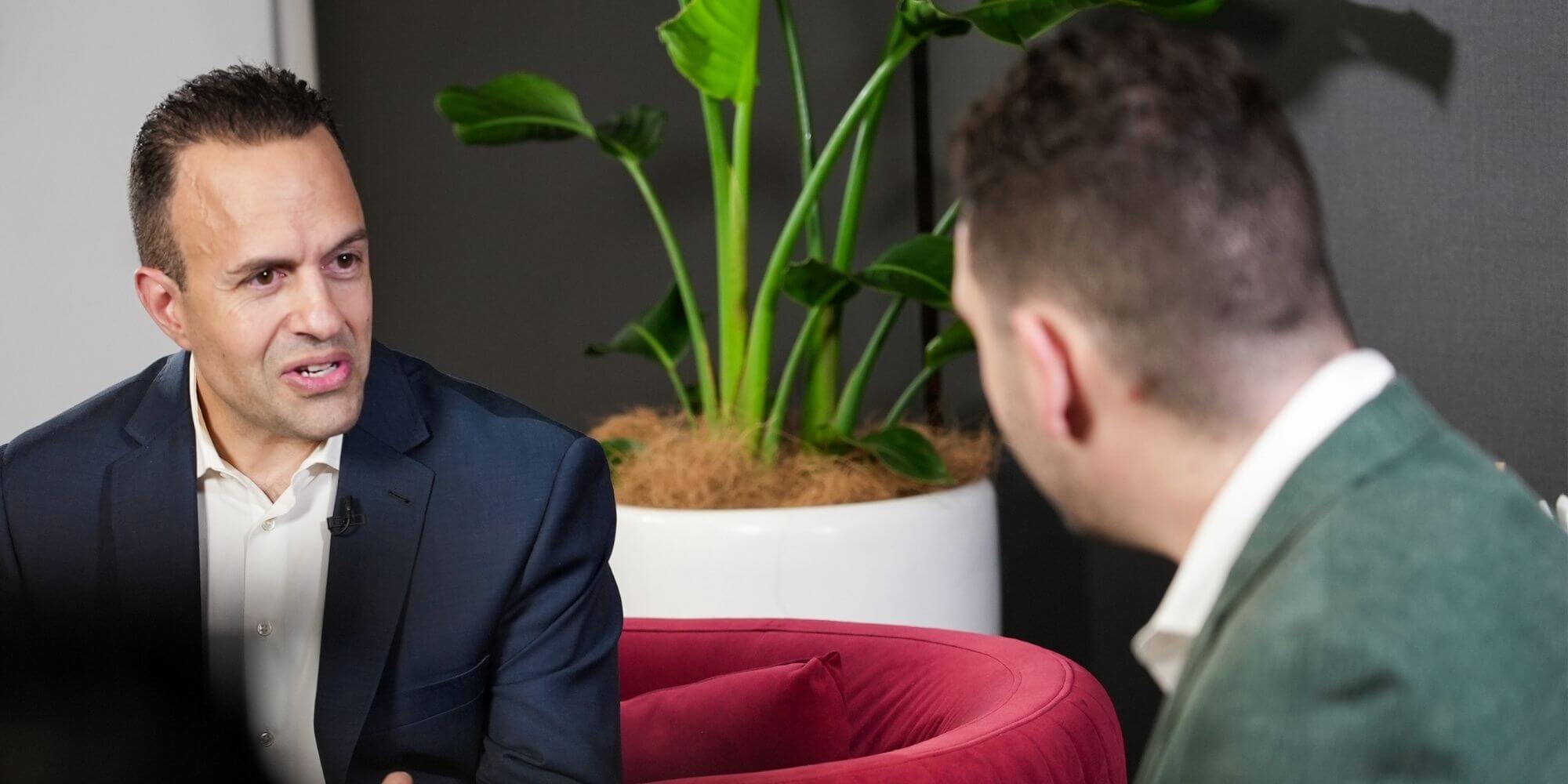
Having a conversation with them about unpacking it enough and saying, hey, I want to understand this tell me more about what the potential use cases are or what’s the likelihood.
This is, I have to say, one of the coolest things about working at the university is you read the McKinsey report on the potential application for IoT or blockchain, and then you’ll go down the road and have a chat with a world leader on one of those areas in terms of research. You go, hey, this is what I’m reading here, what do you reckon?
Then you can evaluate, and it’s a really rare opportunity. It’s something that I value greatly. But the point here is that in roles like mine, you have a responsibility to be curious enough to keep a watchful eye to discern as best as you can which things you need to be spending a little bit more time on.
For example, I’m interested in quantum computing at the university, but right now, I need to be spending a little bit more time on IoT, Edge.”
I also may focus on volumetric technologies and how they might impact our ability to do things in a hybrid way, more than I might on the blockchain or something else.
Not because those things are less important, but in the context of a strategy, you have to be making it; you have to be disciplined about where you’re putting your energy, and you can’t do it all.
Then, when it comes to your back to your original question on pitching it to a more senior audience. It depends on the context of the question.
If it’s about raising awareness, then it’s really about being clear and saying, hey, what I’m talking to you about today is to stretch your mind a little and stay and keep you aware of something that’s coming down the pipe.”
From the perspective of our strategy or the perspective of this particular team or something you already see as important, we think this is worth understanding a little more about.
This is how it’s the upfront framing. If it’s a question coming from the as sometimes does happen from senior executives where they’ll go, “I’ve heard that so-and-so” Fill in the blanks, whichever company, whichever you do.
“I’ve heard that so-and-so is doing something great with Bots or IoT”, Or pick your emerging tech. What are we doing there?
Well, you need to have an answer that an appropriate answer for that. Or an appropriate for defence for, why not? But in either case, you still putting some strategic or business context around it.
Otherwise, it does tend to be all about the tech, and it’s hard to detach it. It’s a fine line because I often hear in conversations like this, technology is an enabler; it’s not the be-all and end-all, and that’s true.
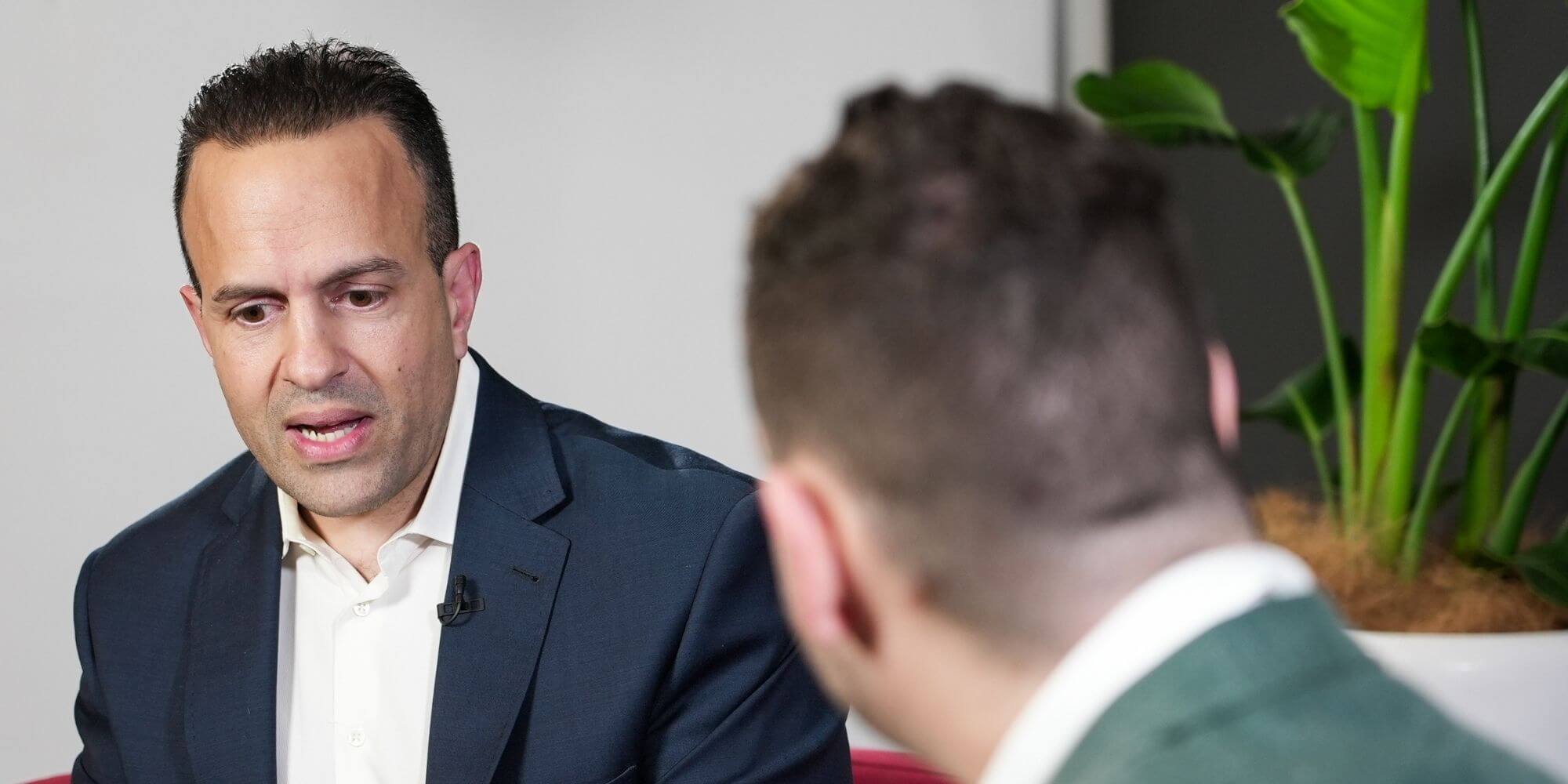
We have to give we’ve lived through experiences that tell us that we have to respect the impact that technology can have on behaviour, on possibilities, on the speed at which it can enable things to be disrupted and disrupted at scale.”
To say that it’s an enabler is probably about, in my view, it’s a maybe a five or 10-year-old view. We have to up the quality of conversation.
That means going to be it’s an enabler, but it’s a pretty powerful one.
It’s not the business of the folks in IT or the folks in the digital team to care about executives who need to be open to stepping up their awareness and their literacy in their engagement around even technical topics that they ordinarily might not.
























